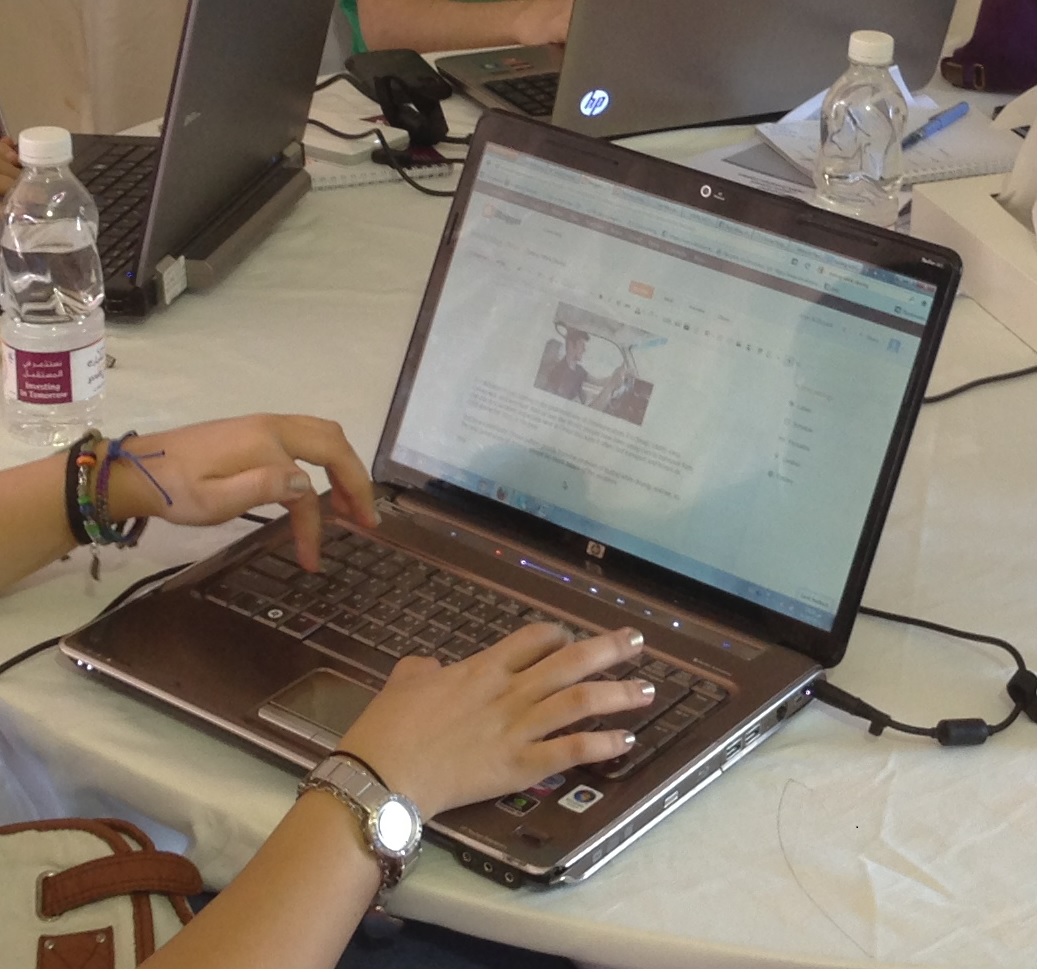Digital Library Part I
A Digital Library Part 1 – What and Why
By Mark Sivy
A digital library is a repository of electronic versions of what would be found in a traditional library, including books, articles, journals, magazines, audio sources and video productions. Even though some information could be stored on local computer, due to the volume and continuous addition of content it is best located in a large managed database that is can be publicly available and accessed remotely via computer networks through devices such as personal computers, laptops, tablets, or smartphones.
The digital library can open the wonders, benefits and values of the human collective of knowledge, creations, cultures, and histories to the breadth of global citizenry. This in turn can help nurture and grow our educational reach, intellectual capacities and scholarly endeavors. These digital vessels can also enable distributed access to not only classic works and masterpieces, but also the opportunity to present the efforts and crafts of lesser known individuals and upcoming contributors.
 With this occurring in the realm of electronic networks, new approaches to the traditional library can more readily be integrated into the fabric of this intellectual net. Connectivity, sharing and collaborations can be developed between digital libraries and other digital repositories, thus expanding collections and conserving resources. For the digital library patron, commonly available social media can be tied in with the library to create an engaging and enriching social aspect. The vast online library storehouse is capable of distributing educational information to a great number of primary and secondary students across geographic and economic boundaries.
With this occurring in the realm of electronic networks, new approaches to the traditional library can more readily be integrated into the fabric of this intellectual net. Connectivity, sharing and collaborations can be developed between digital libraries and other digital repositories, thus expanding collections and conserving resources. For the digital library patron, commonly available social media can be tied in with the library to create an engaging and enriching social aspect. The vast online library storehouse is capable of distributing educational information to a great number of primary and secondary students across geographic and economic boundaries.
On the logistical and strategic fronts, digital libraries allow innovative and advanced services to be made available to a greater number of individuals at a lower per patron cost than traditional libraries. The preservation and storage of existing acquisitions becomes more readily addressed. The electronic system also tackles issues concerning the collection and retrieval of the exponentially increasing global knowledge base.
It is less expensive to scan existing content and to store new content electronically than to attempt to maintain physical versions. A digital library removes the concerns and expense of unreturned materials, damaged books, checking-out /checking-in, theft, and following up with patrons. Digital libraries allow more acquisitions and innovative materials to be made available to more individuals and a greater diversity at a lower per user cost.
Reflection Point: If you have a garden and a library, you have everything you need. ~Marcus Tullius Cicero.
Digital Libraries Part II will outline what is involved in creating a digital library.
